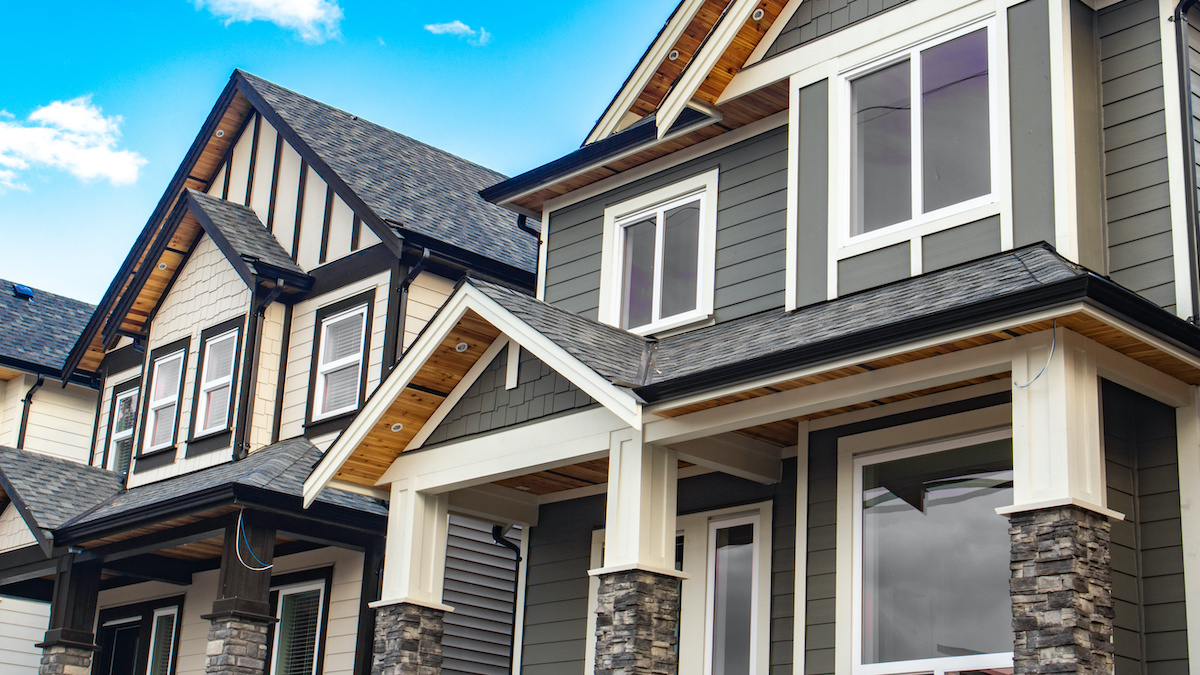
It is no secret that the housing market is suffering from an ongoing inventory drought. Existing housing inventory fell by 11,021 homes week over week for the week ending March 6, according to data from Altos Research. While many are hoping new build inventory can at least slightly ameliorate this situation, an analysis from Realtor.com, published on Wednesday, says otherwise.
In 2022, 2.06 million households were formed, marking the highest level of yearly household formations in the past decade, and bringing the total number of household formations from 2012 to 2022 to 15.6 million households. During that same time period, just 13.1 million housing units were started, and 11.9 million were completed, with 8.5 million being single-family units and 3.4 million being multifamily units.
This resulted in the gap between single family home construction and household formation growing to 6.5 million homes, according to the analysis. The gap shrinks to just 2.3 million units when multifamily statistics are included.
However, an average of 94.5% of all multi-family units were intended to be used as rentals through the first nine months of 2022. At the end of 2022, multifamily housing starts represented 35.1% of all housing starts, the highest level since 2015.
While the uptick in multifamily building is promising for the overall number of housing units in the country, multifamily housing takes longer to complete at a timeline of 15 months versus seven months to complete a single-family home. In addition, with the vast majority of multifamily units being used as rentals, the new multifamily inventory will do little in the way of addressing for-sale inventory issues and housing affordability challenges caused by the low supply and the Federal Reserve’s interest rate increases.
With just 10% of homes sold in Q4 2022 selling for under $300,000 compared to 41% in Q4 2019, affordability is a growing concern.
“Cooling buyer demand and builder confidence led to slower single-family construction and a shift in builder focus to multi-family last year,” Hannah Jones, Realtor.com’s economic data analyst, said in a statement. “While that brings greater supply to the market, most of it will be used for rentals and won’t address ongoing affordability challenges in the for-sale space.”
Despite the odds, Realtor.com does see paths for the inventory new housing shortage to be resolved.
If only single-family homes are considered, the rate of housing starts would need to triple to keep up with demand and close the existing 6.5 million existing home gap in the next three to four years.
But if the rates of total housing markets increase by 50% from 2022 to an average rate of 2.3 million starts per year (roughly the same pace of construction recorded in the 1970s and the 2000s peak), it would take between two and three years to close the existing gap, assuming the 2012-2019 average rate of household formations.
However, the pace of building has slowed over the past year. Homebuilder sentiment plummeted from 83 in January 2022 to 31 in December 2022, as mortgage rates rose, cooling homebuyer demand and making new construction more expensive for homebuilders.
Even with the challenges, economists remain optimistic.
“As inflation and mortgage rates likely soften later this year, buyers are likely to return to the market and be in search of an affordable home, and the ongoing housing supply shortage will only continue to put pressure on the market,” Danielle Hale, Realtor.com’s chief economist, said in a statement. “The good news is that overall inventory levels are increasing from their pandemic lows, and with less competition in the market from other shoppers today some homebuilders are now offering prospective buyers incentives that may help some new home buyers find success in this challenging market.”